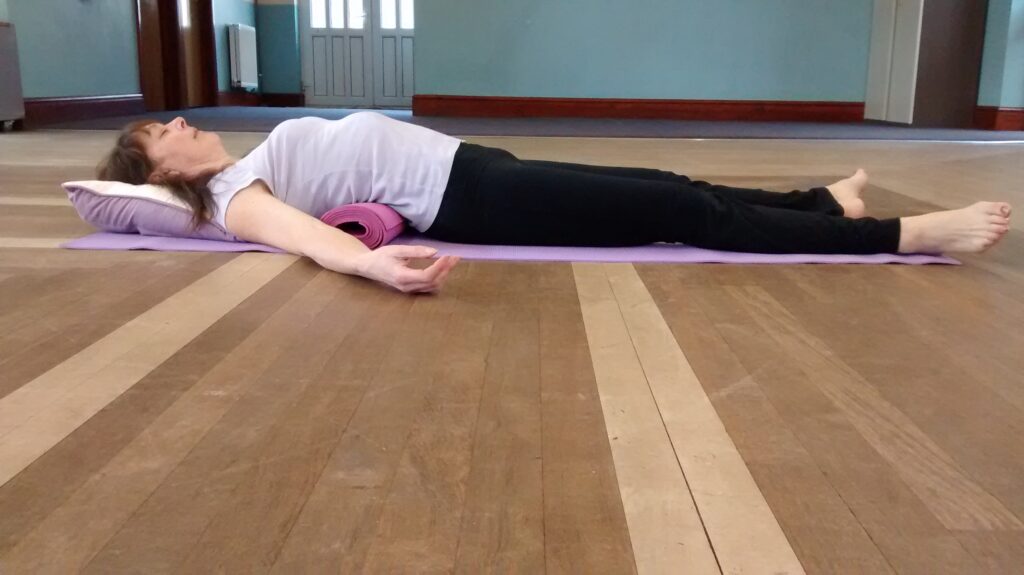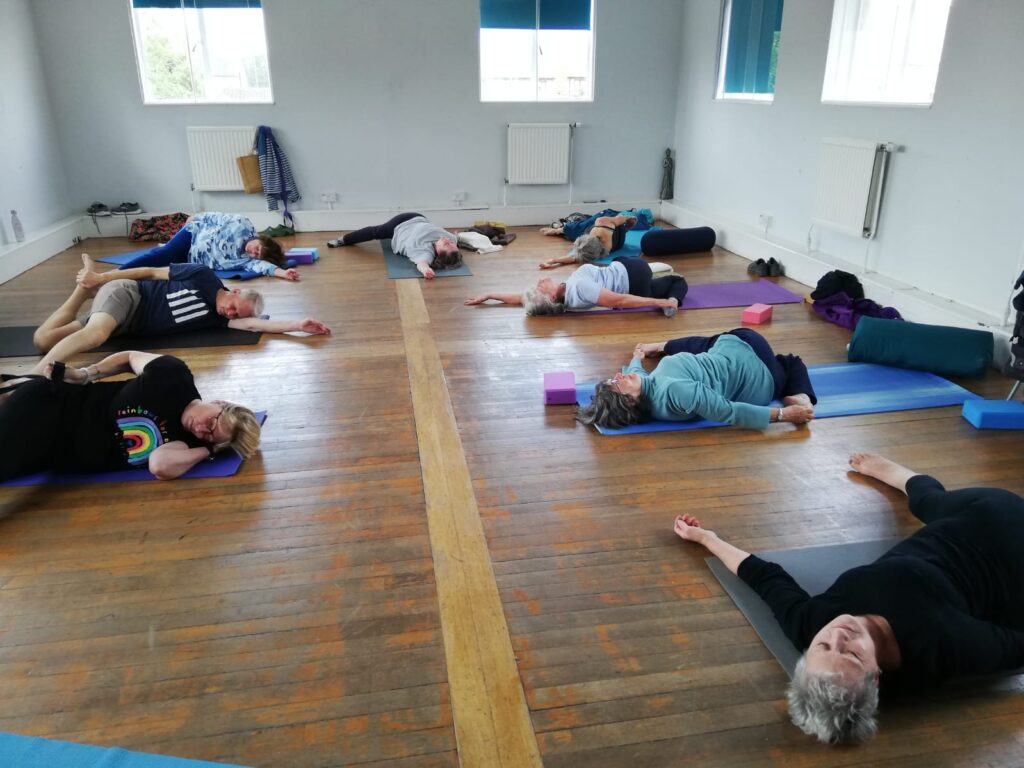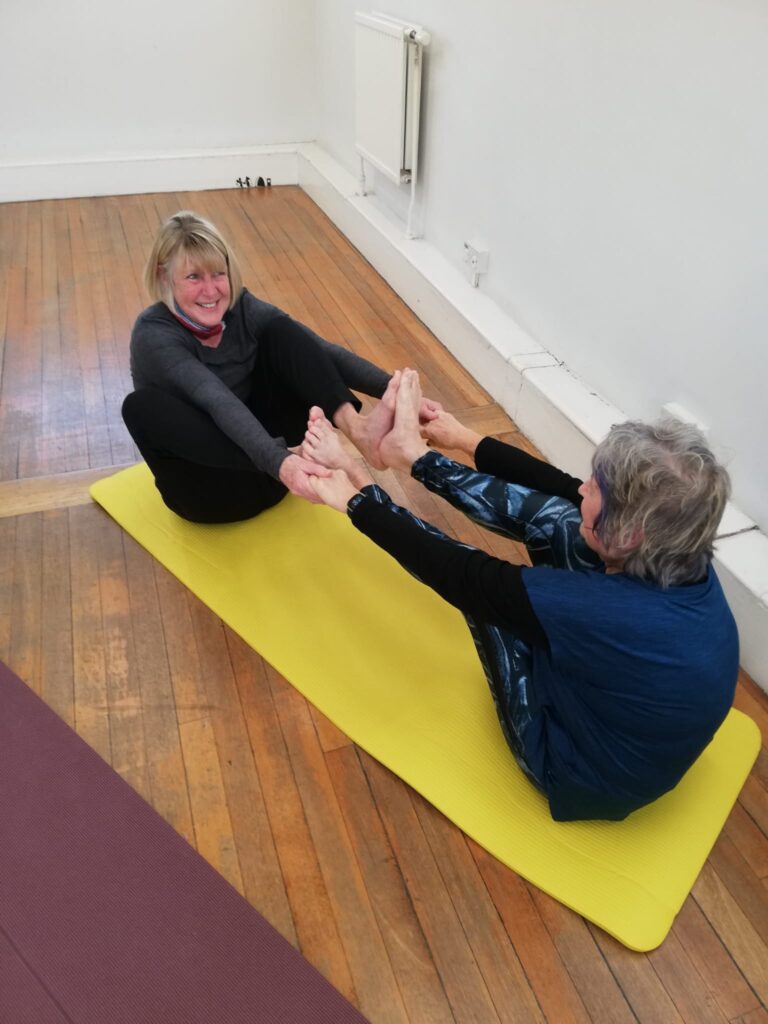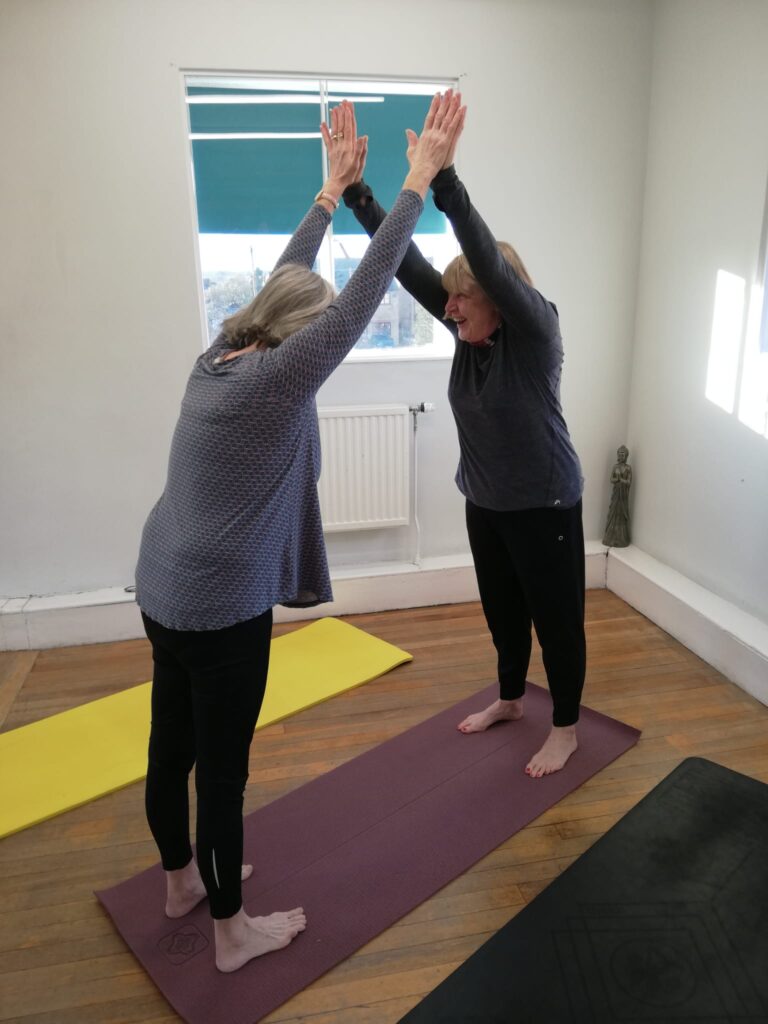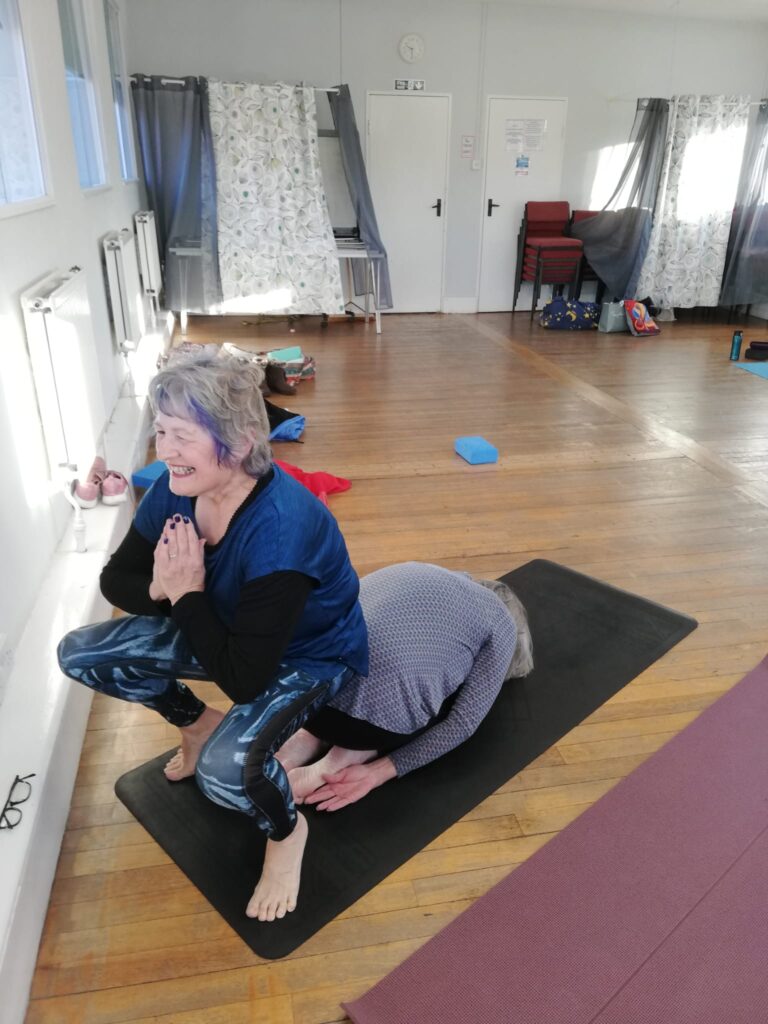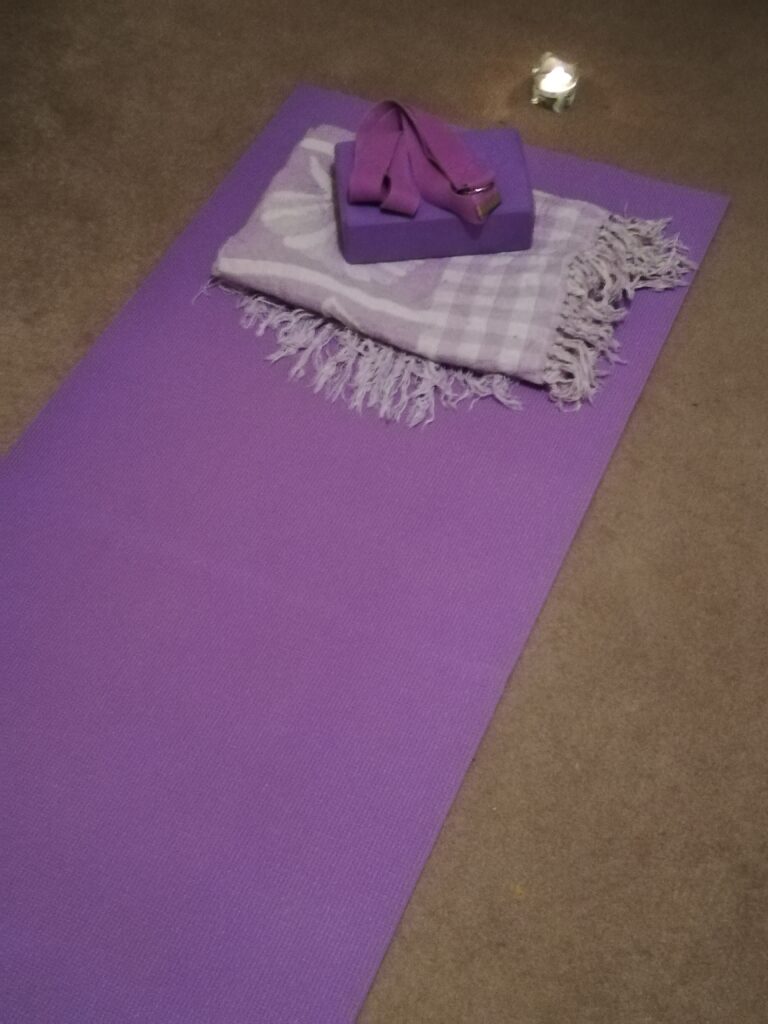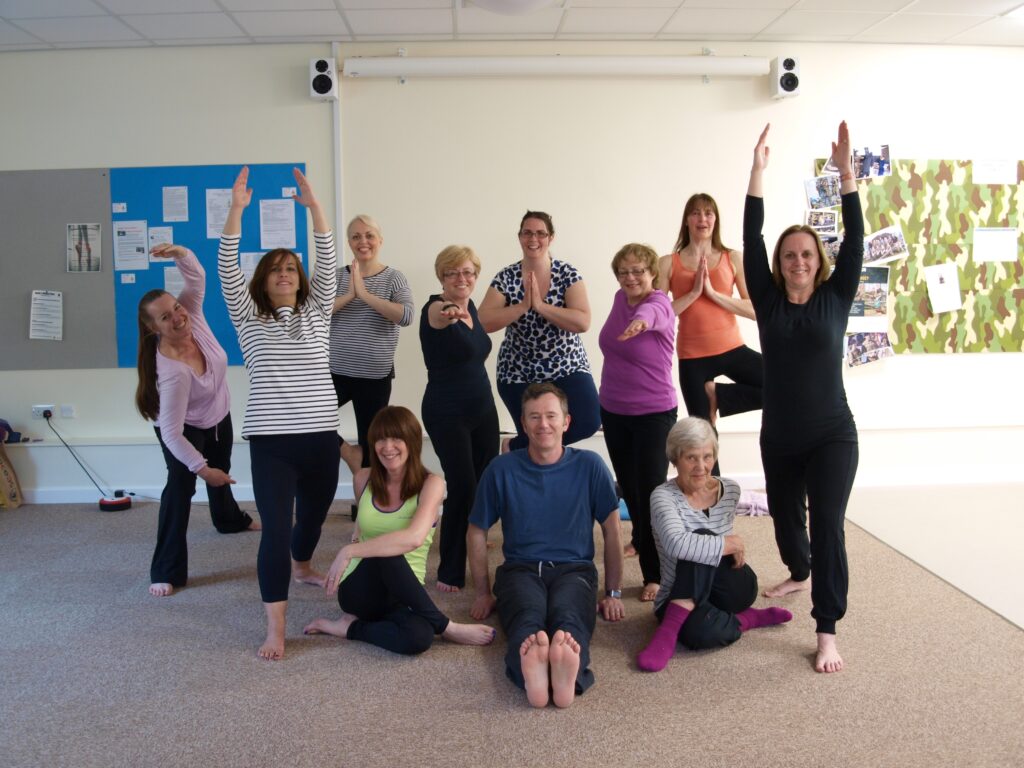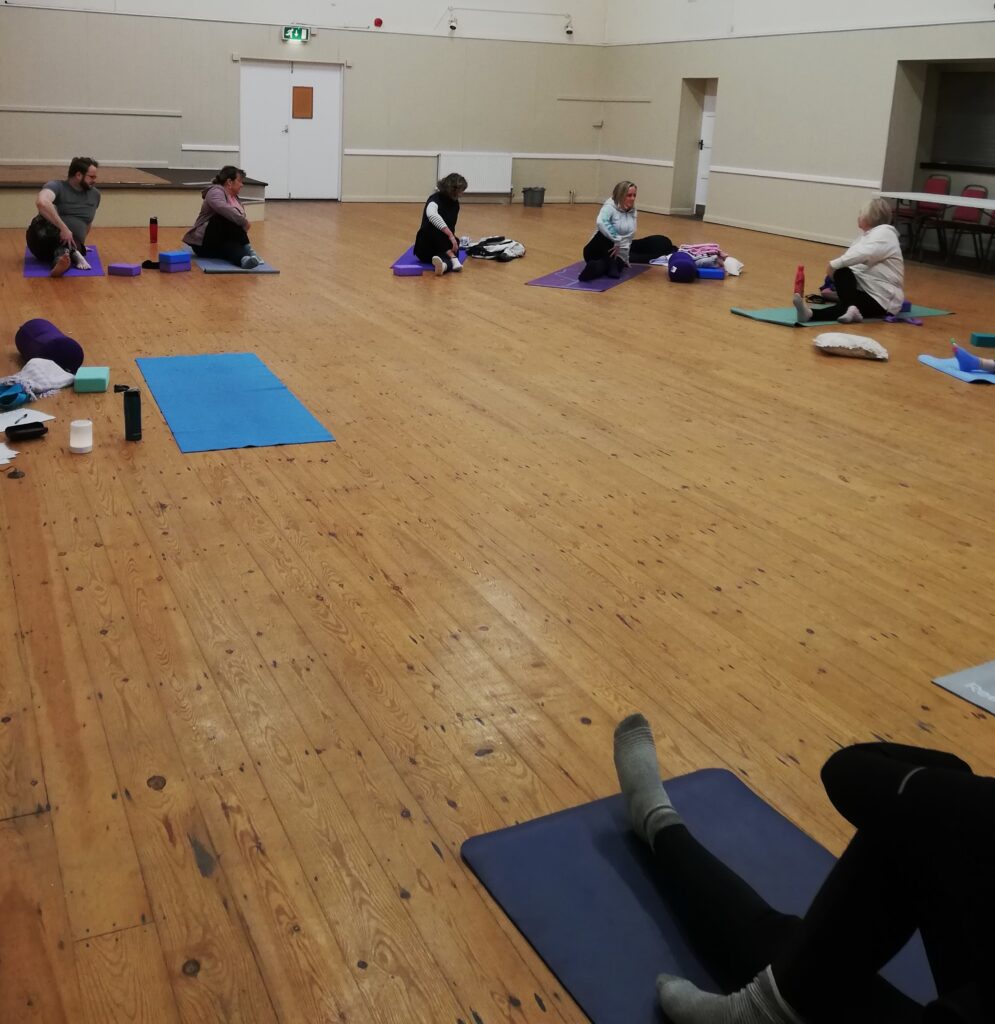
Yoga is a multifaceted practice with many layers. It becomes a continual journey of discovery, as we approach, view and explore our practice with new perspectives. So far, we have released, listened and surrendered, and this week, we will be using affirmations to deepen our connection to our practice.
This is how it works. Every yoga posture affects the different layers of our being (our Koshas). So when we sit in Paschimottanasana (seated forward bend), we are adopting an attitude of surrender, which calms the mind (mental layer); stretches our back body, enhances our flexibility and stimulates vital organs (physical layer); improves digestion (energetic layer); connects body, mind and breath, allowing us to really listen in, with full awareness, to what it is that we are receiving from the pose (wisdom layer); and, over time, we discover a place, within the posture, where we can release, relax and enjoy the present moment exactly as it is (bliss layer).
So it follows that, if we have an opportunity to receive all of this on so many layers, with so many postures, the available benefits of a regular practice, are quite simply astounding. Once we understand the nature of a posture, we can direct our focus towards a particular aspect or benefit of that posture. One of the ways in which we might do this is through affirmation. Affirmation, like traditional mantra, works on the mental layer of our being (Manomaya Kosha). When we mentally affirm a benefit of the posture, it encourages us to recognise and invite that benefit (wisdom layer). It gives us focus, purpose and a positive connection with, and to the posture (mental layer); and it creates and reinforces positive neural pathways in our brains (physical and energetic layers). So this week, we shall be using affirmations with each of our postures, in order that we might consciously direct our attention, deepen our awareness and receive some of the essential gifts of each pose.
If you would like to experience yoga, rather than just read about it, I can be contacted in the following ways: Telephone/text/WhatsApp: 07817623330; email: [email protected]; or message me on Facebook: Free To Think.

